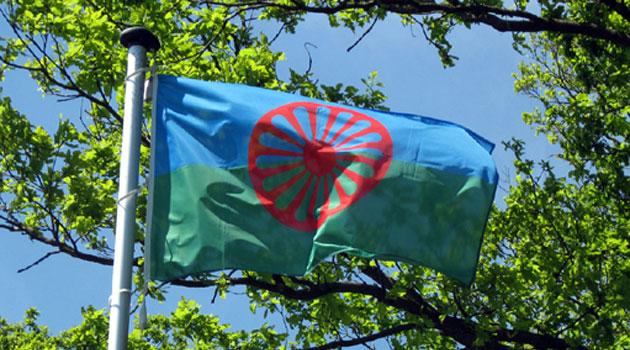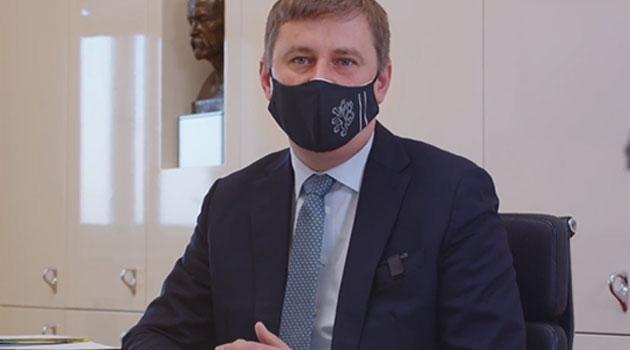Friday, 8 April 2022 is when Romani people worldwide are celebrating World Roma Day. This year marks 51 years since the important day when the first historical World Roma Congress assembled near London, England in Orpington in 1971.
The congress established the basis for international collaboration among Romani people and the Romani movement attained its international, politico-social dimension at that time. Romani people annually commemorate their common cooperation, culture, language, origin and unity, and above all, their Romipen (“Romani-ness”).
After two years during which celebrations of this day were chiefly held through the Internet because of the pandemic, this year they are relocating back into the real world. The historical first congress was held thanks to the initiative of Romani community members Slobodan Berberski, Ján Cibula, Juan de Dios Ramirez Heredia, Grattan Puxon and Vanko Rouda.
Interpretation at that first gathering was undertaken by Donald Kenrick and Mateo Maximoff. There were about 30 official congress participants, but many more Romani people attended in total, above all those visiting the festival in nearby Hampstead that was associated with the gathering.
Participants from 14 countries and observers from another six countries agreed on the form of the Romani flag and on the Romani international anthem. A main output of the congress was the rejection of the previously-used pejorative label of “Gypsies” and the adoption of the self-descriptive term “Roma”.
Four members of the Czechoslovak Union of Gypsies-Roma attended the first World Roma Congress. In 1977, in order for the organization of the Second World Roma Congress to go smoothly, the first international Romani organiztion was established, the International Romani Union (IRU).
The Second World Roma Congress was held in 1978 in Geneva, Switzerland. In 1979 the IRU was accredited by the United Nations as a non-governmental organization.
8 April was not recognized as an international day until much later, adopted in 1990 in Warsaw, Poland, during the Fourth World Roma Congress. In the Czech Republic, World Roma Day was not discussed until the late 1990s.
The first celebrations of 8 April in the Czech Republic were held in the year 2001 by Athinganoi, an association of Romani university students. In recent years, annual celebrations have been held in Prague by the ARA ART organization; in Brno as jointly organized by the IQ Roma servis NGO, the Museum of Romani Culture, and others; and in Ostrava by the Movement of Romani Students.
THE ROMANI FLAG

One of the primary co-designers of the flag, Dr. W. R. Rischi, who was a linguist and Romani Studies scholar from Chandigar in India (where he later established a Center for Romani Studies), passed away on 1 December 2002. The flag consists of two longitudinal stripes, the lower green one symbolizing the connection of Romani people with the natural world, while the upper blue one symbolizes the open sky and the higher realms of philosophy and spirituality.
The wheel in the middle overlapping the two stripes symbolizes life on the road and pilgrimage; it is also based on the ancient Indian wheel of destiny. It originally had sixteen spokes; its bright red color corresponds to the first chakra – the earth element.
THE ROMANI ANTHEM
The Romani anthem “Gelem gelem” was set to a traditional tune by the Romani musician and politician Jarko Jovanović of Belgrade, who became a longtime resident of Paris. It may interest you to know that the Czech and Slovak Roma also have their own anthem, “Čhajori romani“, which was composed by Romani prisoners in the Auschwitz Concentration Camp during the Second World War; Czech and Slovak Roma did not begin using the world Romani anthem until the 1990s.

